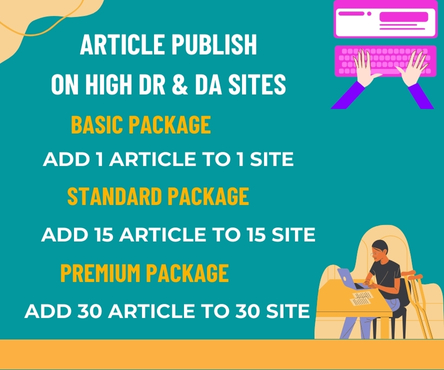In the ever-evolving landscape of marketing and design, one element has consistently stood out for its ability to captivate and engage audiences: neon. From the radiant glow of neon signs to the mesmerizing effects of neon-colored graphics, this vibrant and versatile medium has proven itself to be a powerful tool for making a lasting impression. Click here neon signage
However, the true strength of neon lies not just in its eye-catching aesthetic, but in its ability to be tailored to specific needs and goals. Personalization is the key to unlocking the full potential of neon, allowing designers and marketers to craft bespoke experiences that resonate deeply with their target audience.
The Psychology of Neon
Before delving into the realm of personalization, it’s essential to understand the psychological impact of neon on human perception. Neon colors have been shown to evoke feelings of excitement, energy, and even nostalgia. This emotional connection is rooted in the brain’s response to the vibrant, high-contrast colors that neon embodies.
When used effectively, neon can:
- Grab attention and draw focus
- Create a sense of urgency and excitement
- Evoke emotions and memories
- Establish a unique brand identity
Personalization Strategies
So, how can designers and marketers harness the power of neon to create personalized experiences that drive maximum impact? Here are some strategies to consider:
- Color Psychology: Tailor neon colors to specific emotions and moods that align with your brand’s message and target audience.
- Typography and Graphics: Use neon-colored typography and graphics to create visually striking and memorable designs.
- Environmental Design: Incorporate neon elements into physical spaces, such as retail stores or event installations, to create immersive experiences.
- Digital Applications: Leverage neon in digital contexts, like websites, social media, and advertising, to capture attention and drive engagement.
Real-World Examples
The effectiveness of personalized neon experiences can be seen in various real-world applications:
- Retail: Brands like Nike and Adidas have used neon-colored signage and graphics to create engaging in-store experiences.
- Events: Music festivals like Tomorrowland and Ultra Music Festival have incorporated neon elements into their stage designs and lighting schemes.
- Advertising: Companies like Coca-Cola and McDonald’s have used neon-colored graphics and typography in their advertising campaigns to grab attention and drive brand recognition.
Conclusion
The power of neon lies in its ability to be personalized and tailored to specific needs and goals. By understanding the psychology of neon and leveraging personalization strategies, designers and marketers can create experiences that captivate, engage, and drive maximum impact. Whether in retail, events, advertising, or beyond, the possibilities of neon are endless – and the results are sure to be electrifying.

